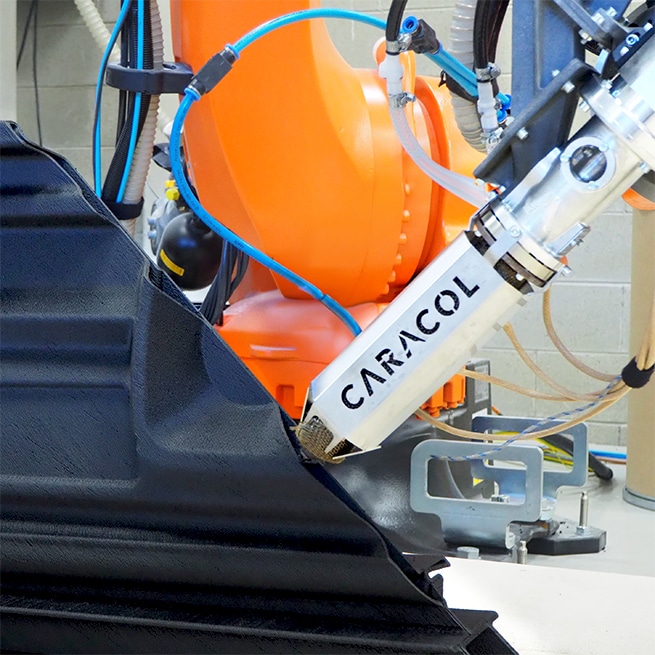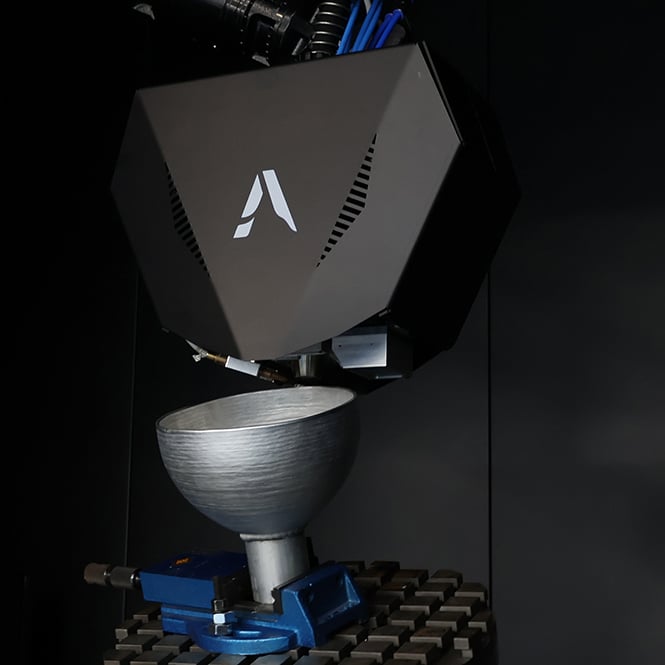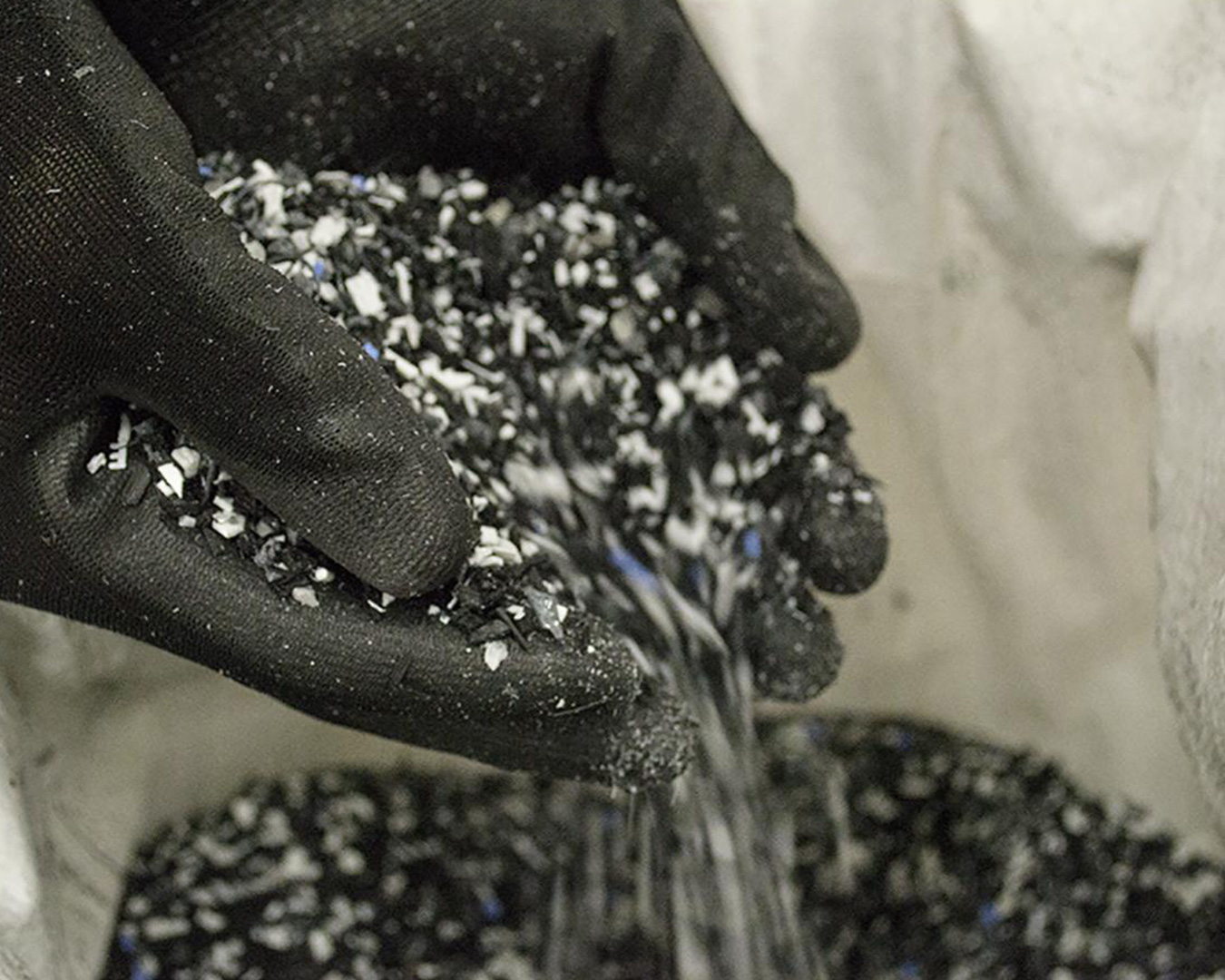Our Corporate Environmental Responsibility
Through our four core pillars ENERGY EFFICIENCY, OPTIMIZING RESOURCES USED & WASTE REDUCTION, RAW MATERIALS RECYCLING, PRODUCTION & LOGISTICS PROCESS EFFICIENCY we prioritize the regeneration and reuse of resources.
-
Energy Efficiency
- Consumption reduction and renewable sources
We implement advanced technologies that enable more efficient processes, reducing energy consumption across our operations. Furthermore, we invest in renewable energy sources to become self-sufficient and reduce our CO2 emissions. - Technological innovation
We track the environmental impact of all our operations and activities. By developing innovative solutions with greater energy efficiency, we seek to reduce the environmental impact of our technologies and production processes.
- Consumption reduction and renewable sources
-
Optimizing Resources Used & Waste Reduction
- Responsible production and parts optimization
We adopt responsible production practices to minimize the use and waste of raw materials and to improve the Buy-to-Fly ratio. We work to optimize the design of the parts we manufacture to reduce need for molds, tools, support material, and use only what is necessary for the part’s functionality. - Choice of raw materials
Caracol’s systems are developed to optimize the manufacturing resources, starting from the raw materials. Heron AM works with thermoplastic materials in pellet or granule form, thus avoiding further processing such as transformation into filaments. This choice expands the possibilities of using recycled materials and production waste, promoting a more sustainable approach. Vipra AM utilizes metal wires, ensuring exceptionally high material efficiency, with nearly all the wire being used and any residue easily recyclable – in contrast to unused powder residues requiring costly treatment or disposal.
- Responsible production and parts optimization
-
Raw Materials Recycling
- Product Life Cycle
We design our products thinking of their entire life cycle, promoting durability and recyclability. We try and track the parts we manufacture and our products even after they have been delivered to customers and encourage them to return them at the end of life, to be recycled. We support a circular economy model, where waste becomes a resource for new production cycles. - Recycled Materials Qualification
We are committed to expanding the range of recycled and bio-based material options in our portfolio, focusing on the qualification and validation of these materials for our customers’ applications. We aim to encourage the use of recycled and recyclable materials wherever possible in our customers’ production processes.
- Product Life Cycle
-
Production & Logistics Process Efficiency
- Distributed Manufacturing
We aim to create a worldwide network of LFAM robots for our customers to be able to manufacture parts near their point of use. Cutting thus the impact of logistics for very large-scale parts and drastically reducing their environmental footprint. - Manufacturing On-Demand
We promote on-demand manufacturing. By producing items selected from a digital inventory, producing where and when they are required, we minimize the impact associated with maintaining large storage and stock.
- Distributed Manufacturing
Circular Economy
Striving to implement circular economy cycles lies at the heart of our sustainability efforts and in how we manufacture every day. We developed a technology that enables us to close the loop on production cycles, introduce material from upcycled sources and are continuously investing to expand our supply chain of partners to further strengthen our efforts on finding high-quality materials with recycled polymers and recycled fibers (e.g., carbon and glass).
We aim to promote more sustainable manufacturing practices within our clients’ value chains, aiming to minimize waste, limit the use of resources, and enable them to create more resilient and environmentally friendly business models.


